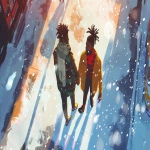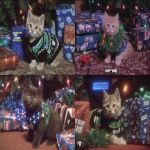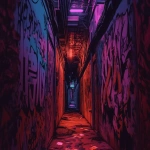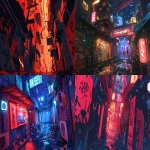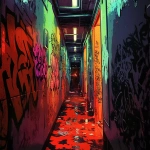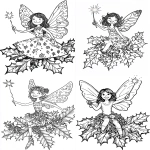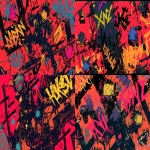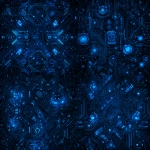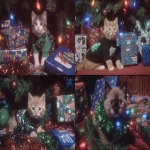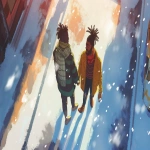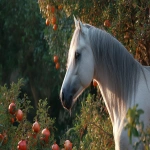Explore the Best AI Image Gallery
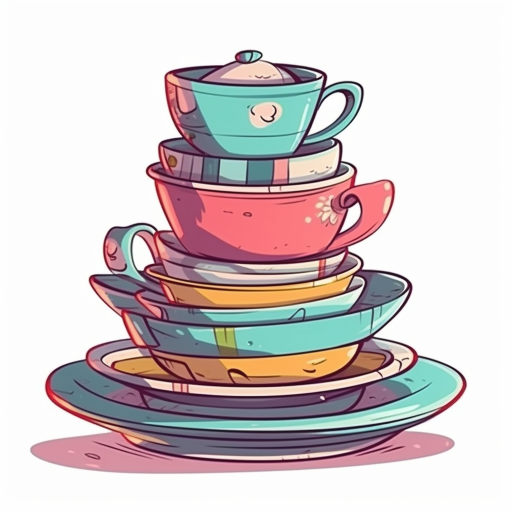
Palette of Possibilities: Decoding the Role of AI in Crafting Images
In the creative sphere, technology has consistently stretched the boundaries of what is conceivable. From the invention of photography to the advent of digital art, each revolutionary step has broadened the horizons of artistic expression. Today, the newest trailblazer on this artistic journey is the use of Artificial Intelligence (AI) in generating images.
The Impact on the Creative Industry
There is no denying that the emergence of AI-generated imagery has stirred the creative industry. The uniqueness of these images, produced by training machines on large datasets and intricate algorithms, results in a fusion of 'unconscious' machine interpretation and pure art.
By working in collaboration with AI, artists have discovered a new canvas, one that is dynamic, evolving, and constantly pushing the limits of creativity. This shift has sparked dialogues about the changing conceptions of creativity and authorship.
Potential Uses of AI in Art
AI has the potential to propel art into unexplored territories. It can produce innovative designs for marketing materials, create customized artwork, and offer new immersive experiences in the world of gaming and virtual reality. Moreover, AI's ability to analyze and replicate styles means it can assist in educational settings, helping students understand and emulate various artistic techniques.
Ethical Considerations
As with any groundbreaking technology, the rise of AI in image generation also raises ethical questions. Questions around ownership, copyright, and authenticity are all under scrutiny. The essence of art itself is under examination: can a machine, devoid of traditional human experiences and emotions, create meaningful art?
Future Trends
Despite the controversies, the potential of AI-generated images cannot be overlooked. The future witness AI taking on new roles, creating standalone masterpieces or collaborating with human artists in more profound ways.
There is a further possibility of AI evolving to understand individual preferences, ushering in an era of hyper-personalized art. Additionally, as AI becomes more adept at emulating artistic styles, we may see past masters ‘brought back to life,’ creating new works in their iconic styles.
While the future direction in the interplay between AI and art remains unpredictable, what is undeniable is that this fusion has irrevocably transformed the landscape of visual creativity, opening up a palette of fascinating possibilities.
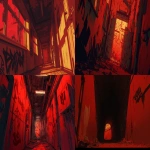

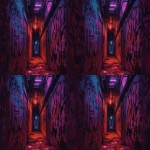
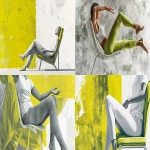
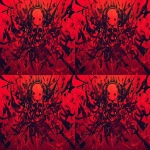
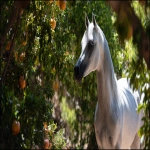
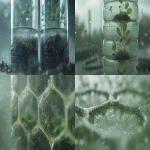
](https://images.ai-img.art/thumbnails/150/fd852e87169bf2f63982b31f7f16a8fa335d75d9536fd48c2b87c7d4b035fa7c.webp)

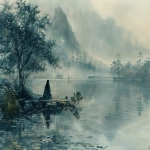

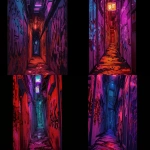
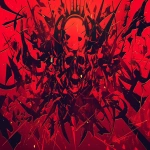
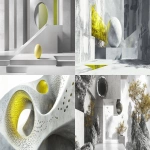
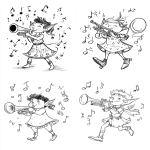
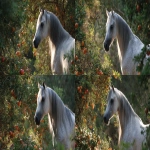
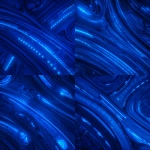
](https://images.ai-img.art/thumbnails/150/ed631f35091268316da1950d8f24949cf71c41220d75ddecc89232e1c28f3653.webp)
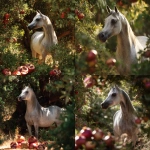

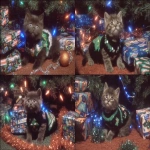
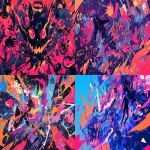
](https://images.ai-img.art/thumbnails/150/baf01e7f997f5bc030aa10831575d8b879a4a6755830df4bcd3dcc93346ef1dd.webp)
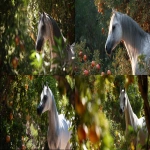


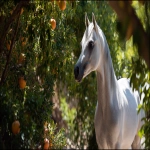
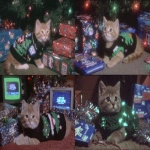
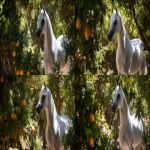
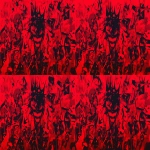
](https://images.ai-img.art/thumbnails/150/56d08b81b5991eca46f50c80b41db4e9ac06c775cbbf5138ea0734d93390316a.webp)
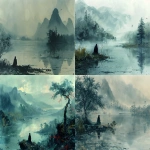

](https://images.ai-img.art/thumbnails/150/4dfe5499f7f4f9e5aa1613199c58710634f2cba5f57ac7e6717c1d56a9864e1a.webp)
](https://images.ai-img.art/thumbnails/150/e407417f3921a9491278afc6484ec26f3ae374d4543e1a56898e8bcb1e41a0da.webp)
